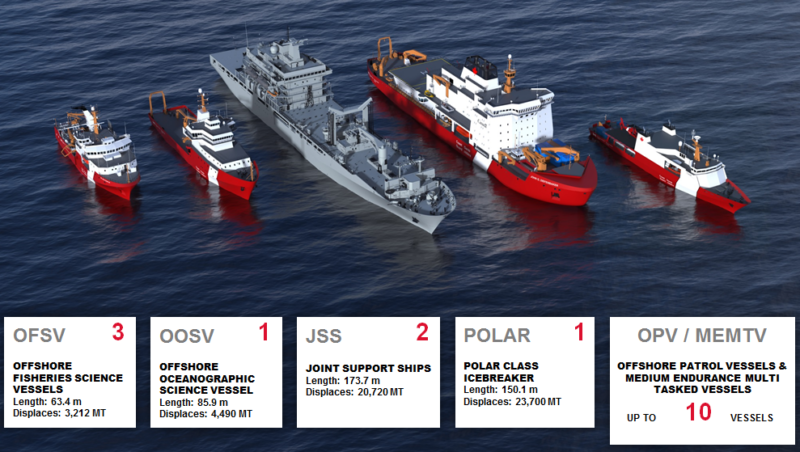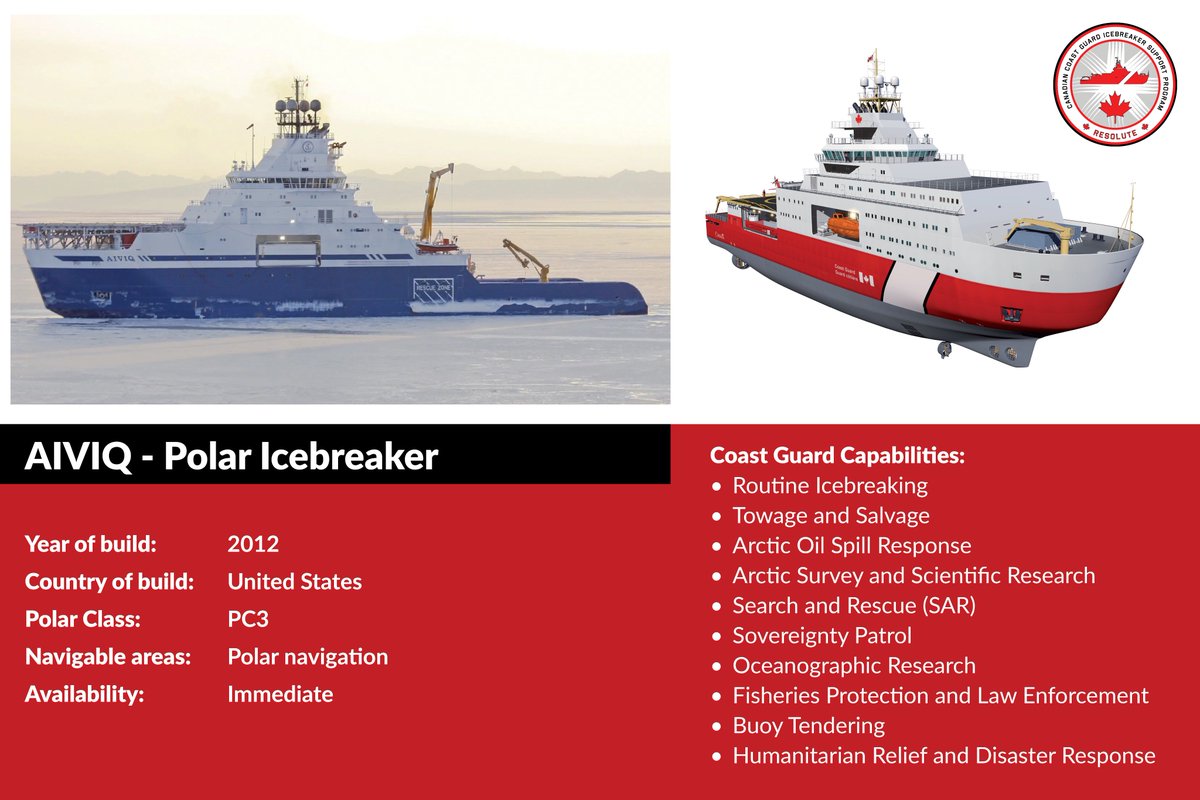Why Ottawa yanked a Coast Guard ship out of $4M refit
Marine research vessel Hudson towed from Hamilton, Ont., shipyard Friday with repairs unfinished
The Government of Canada is pulling the plug on the much-delayed refit of the venerable Canadian Coast Guard Ship Hudson. CBC News has learned the Coast Guard towed the Hudson out of an Ontario shipyard Friday with the $4-million refit unfinished.
$4M Canadian Coast Guard ship refit months behind schedule
The ocean science research ship arrived at Heddle Marine in Hamilton, Ont., in December 2016 for maintenance work that was supposed to be completed in May.
The Coast Guard won't say what went wrong and can't say when the ship will be back in service.
Towed to Burlington
"The Canadian Coast Guard and Public Services and Procurement Canada have worked closely with Heddle Marine to manage delays in the scheduled maintenance of the CCGS Hudson, and to bring her back into service in a reasonable time frame.
"Despite those efforts, the work has not been completed," spokesperson Vance Chow said in an emailed response to questions from CBC News.
On Friday, the 91-metre ship was towed across Hamilton Harbour to the Canada Centre for Inland Waters — a federal facility in Burlington — "to await the completion of the maintenance work required before she can return to service."
The Coast Guard says new timelines for the ship's return to service are currently under review.
The refit included overhauling the superstructure and masts, blasting and recoating the hull, replacing steel and repairing the rudder.
Refit future uncertain
When CBC News revealed the refit delays in August, the company said it had been instructed by the Coast Guard not to discuss the situation.
Heddle Marine spokesperson Shaun Padulo emailed a short statement in response to CBC News inquiries on Friday about the end of the refit.
"Although there were a number of challenges faced during the dry docking of the CCGS Hudson which led to delays in the completion of the work, Canada has accepted all of the completed work," Padulo wrote.
The Coast Guard has not responded to a request to explain the nature of the refit delay, how much work remains on the refit or who will pay.
The delay has already forced the cancellation of scientific cruises scheduled for the storied Hudson, which is Canada's premier marine research vessel.
The 54-year-old workhorse was supposed to be replaced several years ago, but that too has been delayed.
https://milnet.ca/forums/index.php?action=post;topic=122642.25;last_msg=1505263







